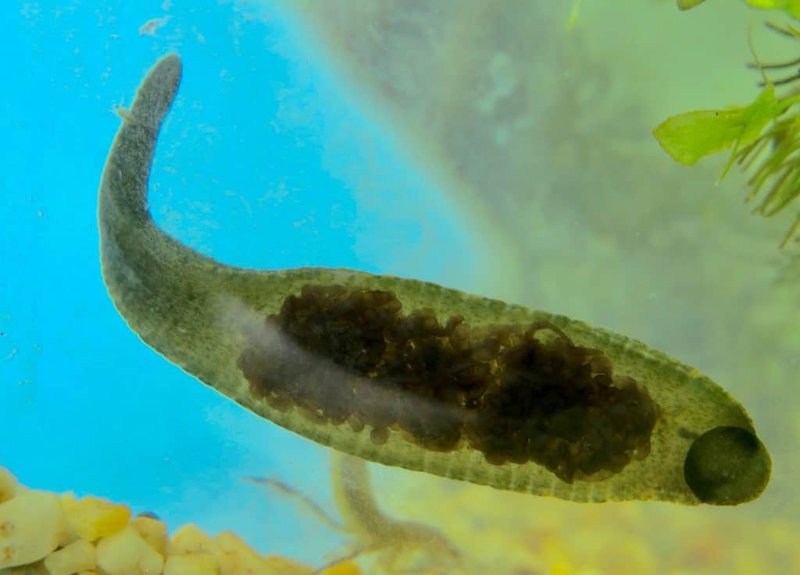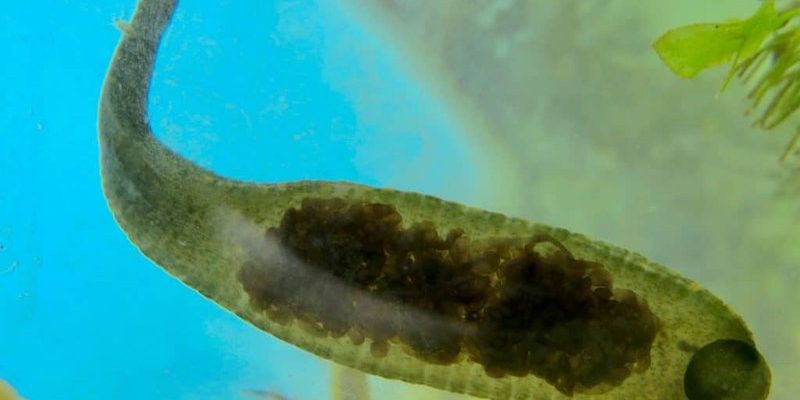
Imagine a bustling city, where every person, car, and building works together—each has its purpose. In the world of leeches, microfauna are like the different city dwellers, each performing their duties to ensure the community thrives. Let’s dive into the intriguing interactions between leeches and their tiny neighbors, revealing the hidden dynamics that keep their ecosystems buzzing.
What Are Microfauna?
Microfauna are small organisms that can be found in various environments, including soil, freshwater, and marine ecosystems. They include a variety of creatures such as nematodes, protozoa, and even tiny insects. These organisms are crucial to the ecosystem as they contribute to the breakdown of organic matter, nutrient cycling, and maintaining soil structure.
You might be wondering what role leeches play in this microfauna melting pot. Well, leeches are not just passive participants; they actively influence the population dynamics and health of these tiny creatures. By preying on certain microfauna, leeches can regulate their populations, ensuring that no one species dominates the ecosystem.
Feeding Relationships: The Predator-Prey Connection
Leeches are primarily known as bloodsuckers, but many species also consume small invertebrates and organic material. This predator-prey relationship forms an essential link in their ecosystem. Leeches can target various microfauna, including worms and tiny crustaceans. By consuming these organisms, they help maintain balance in the ecosystem.
This predation is significant because it prevents overpopulation of certain species, which can lead to resource depletion. For example, if a specific microfauna species were to multiply uncontrollably, it might consume all the available nutrients in the water, disrupting the growth of plants and other organisms. Leeches, with their appetite, play a crucial role in curbing these populations, ensuring a healthier ecosystem.
Leeches and Nutrient Cycling
One of the most vital interactions leeches have with microfauna is their role in nutrient cycling. Leeches help break down organic materials, recycling nutrients back into the ecosystem. They do this by feeding on decomposing matter, which is rich in microorganisms. As leeches digest their food, they release nutrients in a more accessible form for plants and other organisms.
When leeches excrete waste, they contribute to the nutrient pool in their environment. This process allows plants to uptake essential nutrients, promoting growth and vitality. So, in a way, leeches act as middlemen in the nutrient cycling process, ensuring that nutrients keep moving and serving their purpose in the ecosystem.
Competition and Cooperation with Other Microfauna
Leeches don’t just act as predators; they also compete with other microfauna for food resources. For instance, when leeches inhabit the same waters as other invertebrates, they might find themselves in direct competition for decomposing organic matter. This competition can influence population dynamics and the distribution of different microfauna species.
However, there’s also an element of cooperation in this complex web. For example, some microfauna can help create the environment in which leeches thrive. By burrowing into the substrate, certain organisms aerate the soil and improve water flow, which benefits leeches. It’s a bit like a community working together; while they compete at times, they also support one another’s survival.
Impact of Environmental Changes on Leeches and Microfauna
Changes in the environment can significantly affect the interactions between leeches and microfauna. Factors such as pollution, climate change, and habitat loss can lead to declines in microfauna populations, which, in turn, impacts leech populations. Here’s the thing: a healthy ecosystem relies on every player being in balance.
For example, if pollution decreases the number of small invertebrates, leeches that depend on these food sources might struggle to survive. This results in a ripple effect, impacting larger predators that rely on leeches for food. Protecting the environment is crucial to maintain healthy populations of both leeches and their microfauna companions.
Leeches as Indicators of Ecosystem Health
Interestingly, leeches can serve as indicators of ecosystem health. Because they are sensitive to changes in water quality, a thriving leech population usually signifies a robust ecosystem with diverse microfauna. When researchers notice a decline in leech numbers, it’s often a red flag indicating that something is amiss in the environment.
Monitoring leech populations can provide valuable insights into the health of freshwater ecosystems. By studying their interactions with microfauna and the effects of environmental stressors, scientists can better understand the ongoing changes in ecosystems and develop strategies to protect them.
Leeches are more than just creepy crawlers; they play a pivotal role in their ecosystems by interacting with a range of microfauna. Through their predation, contribution to nutrient cycling, and even as indicators of ecosystem health, leeches help maintain balance in their watery homes. If we take the time to appreciate these often-overlooked creatures, we can better understand the intricate web of life that sustains our planet.
So, the next time you think of leeches, remember that they’re not just slimy nuisances; they’re essential players in the grand tapestry of life, interacting with countless microfauna to keep their ecosystem thriving. Let’s embrace the beauty of these creatures and recognize their vital role in nature!

